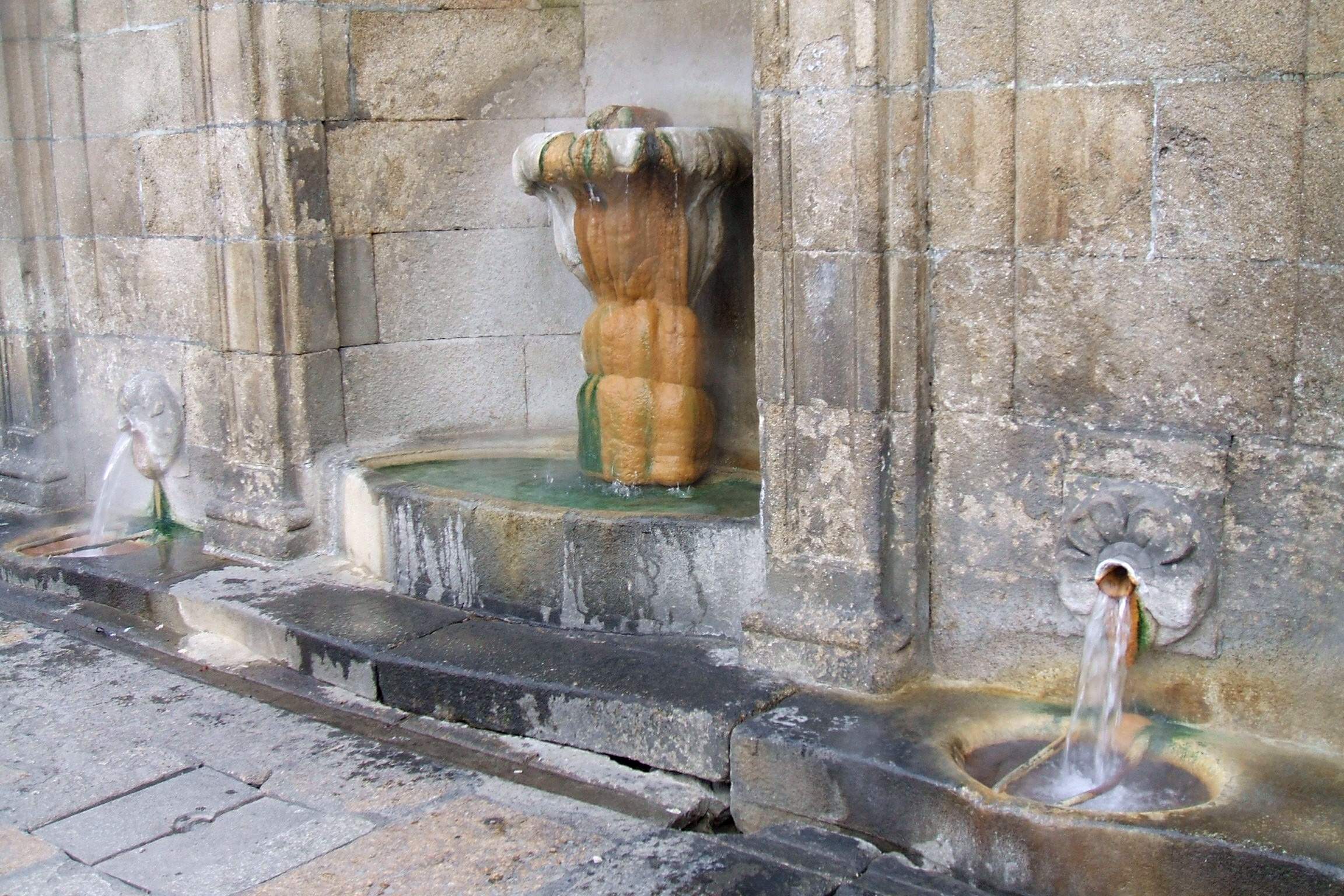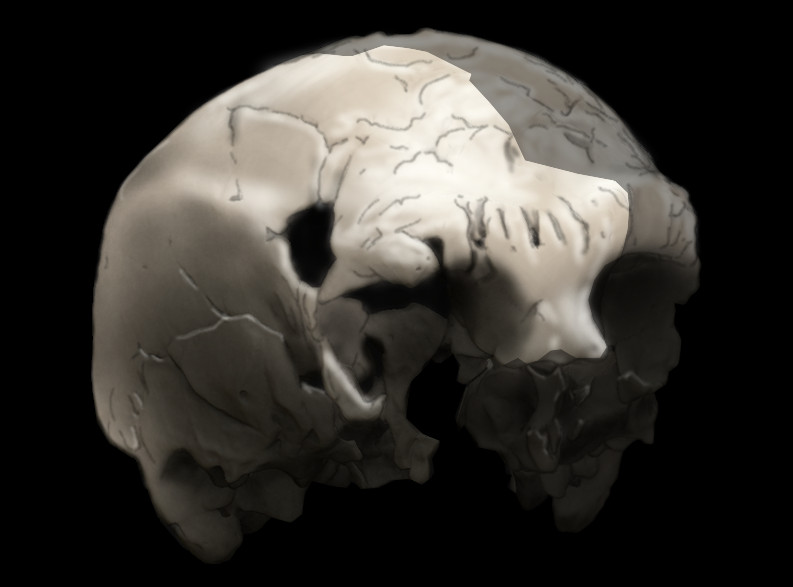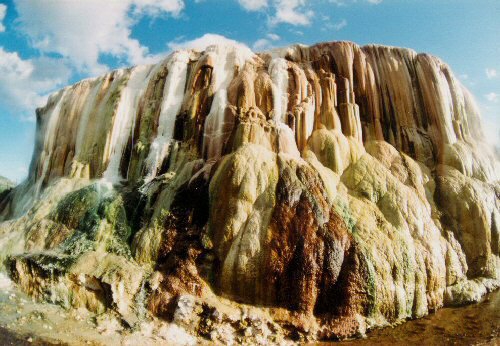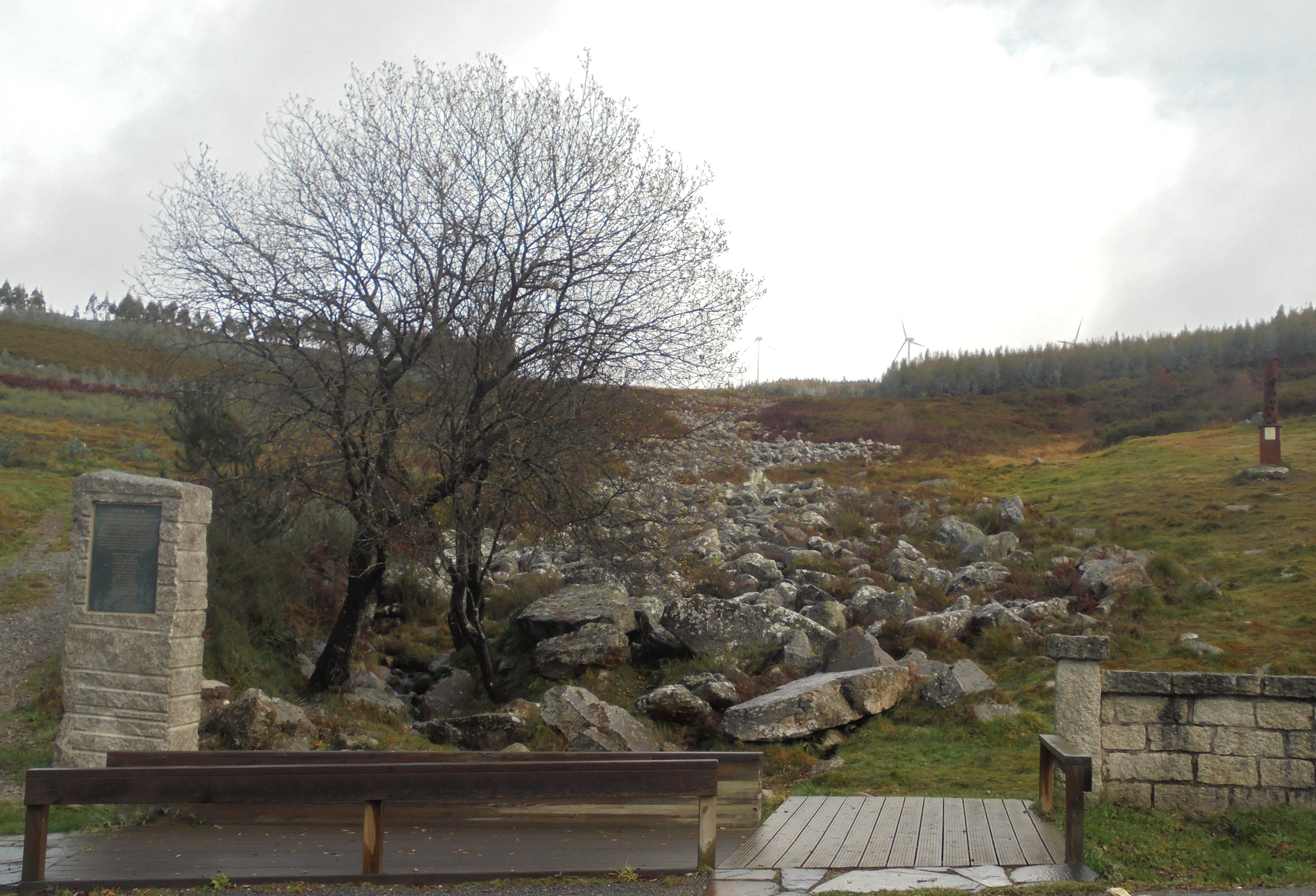|
Ourense, Spain
Ourense (; ) is a city and the capital of the province of Ourense, located in the autonomous community of Galicia, northwestern Spain. It is on the Camino Sanabrés path of the Way of St James (Camino de Santiago), and is crossed by the Miño, Barbaña, Loña and Barbañica rivers. It is also known as ''A cidade das Burgas'' (in Galician) due to its hot springs, being one of the European cities with the greatest thermal heritage. Population Its population of 105,233 (2019) accounts for 34.2% of the population of the province and makes it the third largest city of Galicia. Its metropolitan area has a population that exceeds 140,000. In 2019 there were 14,171 foreigners living in the city, representing 13.5% of the total population. The main nationalities are Portuguese (31.8%), Venezuelans (11.2%) and Romanians (7.9%). By language, according to 2018 data, 32.3% of the population always speak in Galician, 17.1% always speak in Spanish and the rest use both interchangeably ... [...More Info...] [...Related Items...] OR: [Wikipedia] [Google] [Baidu] |
As Burgas
As Burgas are hot springs in the historic center of Ourense, in Galicia (Spain), Galicia, Spain. They include ''Burga do Medio'', which is infused with gas, ''Burga de Arriba'' and a ''Burga de Abaixo''. The waters are similar to those of Karlovy Vary, Carlsbad, and gush from granite rock to the west of the town at almost the boiling point. The hot mineral waters gush at 80 gallons per minute. Thermal pool On July 28, 2010, the new thermal pool was inaugurated in ''Burga do Medio'', designed by Galician architect César Portela. References External links * {{coord, 42.3347, N, 7.8650, W, source:wikidata, display=titleInformation about the termal pool Fifth Water Hot Springs Geography of the Province of Ourense Hot springs of Spain Ourense Culture of Galicia Springs of Spain ... [...More Info...] [...Related Items...] OR: [Wikipedia] [Google] [Baidu] |
Gonzalo Pérez Jácome
Gonzalo Pérez Jácome (born 2 August 1969) is a Spanish politician who is the founder and leader of the party Ourensan Democracy (DO). He was elected to Ourense's city council in 2011 and has served as its mayor since 2019. Biography Jácome's father and sister died in a traffic accident when he was 8 years old. He was expelled from two schools. A pianist from the age of seven he inherited his father's musical instrument shop, Jolper; the name came from his father's, José Luis Pérez. Jácome has taken part in races up the stairs of the Empire State Building and the Gran Hotel Bali in Benidorm. In 2001, Jácome founded the political party Ourensan Democracy (DO), which he promoted with the local television channel Auria TV featuring the populist character " Miño Man". After failed attempts in 2003 and 2007, the party entered the city council in 2011 with two seats; he was frequently expelled from sessions for insulting others. His fellow member Susana Gómez Valencia resigned sh ... [...More Info...] [...Related Items...] OR: [Wikipedia] [Google] [Baidu] |
Spanish Language
Spanish () or Castilian () is a Romance languages, Romance language of the Indo-European languages, Indo-European language family that evolved from the Vulgar Latin spoken on the Iberian Peninsula of Europe. Today, it is a world language, global language with 483 million native speakers, mainly in the Americas and Spain, and about 558 million speakers total, including second-language speakers. Spanish is the official language of List of countries where Spanish is an official language, 20 countries, as well as one of the Official languages of the United Nations, six official languages of the United Nations. Spanish is the world's list of languages by number of native speakers, second-most spoken native language after Mandarin Chinese; the world's list of languages by total number of speakers, fourth-most spoken language overall after English language, English, Mandarin Chinese, and Hindustani language, Hindustani (Hindi-Urdu); and the world's most widely spoken Romance language ... [...More Info...] [...Related Items...] OR: [Wikipedia] [Google] [Baidu] |
Galician Language
Galician ( , ), also known as Galego (), is a Iberian Romance languages, Western Ibero-Romance language. Around 2.4 million people have at least some degree of competence in the language, mainly in Galicia (Spain), Galicia, an Autonomous communities of Spain, autonomous community located in northwestern Spain, where it has official status along with Spanish language, Spanish. The language is also spoken in some border zones of the neighbouring Spanish regions of Asturias and Castile and León, as well as by Galician migrant communities in the rest of Spain; in Latin America, including Argentina and Uruguay; and in Puerto Rico, the United States, Switzerland and elsewhere in Europe. Modern Galician is classified as part of the West Iberian languages, West Iberian language group, a family of Romance languages. Galician evolved locally from Vulgar Latin and developed from what modern scholars have called Galician-Portuguese. The earliest document written integrally in the ... [...More Info...] [...Related Items...] OR: [Wikipedia] [Google] [Baidu] |
Romanians
Romanians (, ; dated Endonym and exonym, exonym ''Vlachs'') are a Romance languages, Romance-speaking ethnic group and nation native to Central Europe, Central, Eastern Europe, Eastern, and Southeastern Europe. Sharing a Culture of Romania, common culture and Cultural heritage, ancestry, they speak the Romanian language and live primarily in Romania and Moldova. The 2021 Romanian census found that 89.3% of Romania's citizens identified themselves as ethnic Romanians. In one interpretation of the 1989 census results in Moldova, the majority of Moldovans were counted as ethnic Romanians as well.''Ethnic Groups Worldwide: A Ready Reference Handbook By'' David Levinson (author), David Levinson, Published 1998 – Greenwood Publishing Group.At the time of the 1989 census, Moldova's total population was 4,335,400. The largest nationality in the republic, ethnic Romanians, numbered 2,795,000 persons, accounting for 64.5 percent of the population. Source U.S. Library of Congres ... [...More Info...] [...Related Items...] OR: [Wikipedia] [Google] [Baidu] |
Venezuelans
Venezuelans ( Spanish: ''venezolanos'') are the citizens identified with the country of Venezuela. This connection may be through citizenship, descent or cultural. For most Venezuelans, many or all of these connections exist and are the source of their Venezuelan citizenship or their bond to Venezuela. Venezuela is a diverse and multilingual country, home to a melting pot of people of distinct origins, as a result, many Venezuelans do not regard their nationality with ethnicity, but with citizenship or allegiance. Venezuela as Argentina and Brazil, received most immigrants, during 1820s to 1930s Venezuela received a major wave of 2.1 million European immigrants, being the third country in Latin America to have received Europeans, behind Argentina and Brazil. Historical and ethnic aspects Pre-Columbian period Writing was not used in pre-Columbian times, a historical stage where various groups began to move throughout the Americas, thus making it difficult to find evidence ... [...More Info...] [...Related Items...] OR: [Wikipedia] [Google] [Baidu] |
Portuguese People
The Portuguese people ( – masculine – or ''Portuguesas'') are a Romance languages, Romance-speaking ethnic group and nation Ethnic groups in Europe, indigenous to Portugal, a country that occupies the west side of the Iberian Peninsula in Southern Europe, south-west Europe, who share Culture of Portugal, culture, ancestry and Portuguese language, language. The Portuguese state began with the founding of the County of Portugal in 868. Following the Battle of São Mamede (1128), Portugal gained international recognition as a Kingdom of Portugal, kingdom through the Treaty of Zamora and the papal bull Manifestis Probatum. This Portuguese state paved the way for the Portuguese people to unite as a nation. The Portuguese Portuguese maritime exploration, explored Hic sunt Dracones, distant lands previously unknown to Europeans—in the Americas, Africa, Asia and Oceania (southwest Pacific Ocean). In 1415, with the conquest of Ceuta, the Portuguese took a significant role in the ... [...More Info...] [...Related Items...] OR: [Wikipedia] [Google] [Baidu] |
National Institute Of Statistics (Spain)
The (INE; ) is the official government agency in Spain that collects statistics about demography, the economy, and Spanish society. It is an autonomous organization responsible for overall coordination of statistical services of the General State Administration in monitoring, control and supervision of technical procedures. Every 10 years, the institute conducts a national census. History First agency and evolution The oldest statistics agency of Spain and the predecessor of the current agency was the General Statistics Commission of the Kingdom, created on 3 November 1856 during the reign of Isabella II. The so-then Prime Minister Narváez approved a decree creating this body and ordering that people with recognized ability in this matter were part of it. On 1 May 1861 the Commission changed its name to General Statistics Board and their first work was to do a population census. By a decree of 12 September 1870 Prime Minister Serrano created the Geographic Institute and in ... [...More Info...] [...Related Items...] OR: [Wikipedia] [Google] [Baidu] |
Hot Spring
A hot spring, hydrothermal spring, or geothermal spring is a Spring (hydrology), spring produced by the emergence of Geothermal activity, geothermally heated groundwater onto the surface of the Earth. The groundwater is heated either by shallow bodies of magma (molten rock) or by circulation through fault (geology), faults to hot rock deep in the Earth's crust. Hot spring water often contains large amounts of dissolved minerals. The chemistry of hot springs ranges from acid sulfate springs with a pH as low as 0.8, to alkaline chloride springs saturated with silica, to bicarbonate springs saturated with carbon dioxide and carbonate minerals. Some springs also contain abundant dissolved iron. The minerals brought to the surface in hot springs often feed communities of extremophiles, microorganisms adapted to extreme conditions, and it is possible that life on Earth had its origin in hot springs. Humans have made use of hot springs for bathing, relaxation, or medical therapy for th ... [...More Info...] [...Related Items...] OR: [Wikipedia] [Google] [Baidu] |
Minho (river)
The Minho ( ; ) or Miño ( ; ; ; ) is the longest river in the autonomous community of Galicia in Spain, with a length of . It forms a part of the international border between Spain and Portugal. By discharge volume, it is the fourth largest river of the Iberian Peninsula after the Douro, Ebro, and Tagus rivers. The Minho waters vineyards and farmland and is used to produce hydroelectric power. It also delineates a section of the Spanish– Portuguese border. In ancient English maps, it appears as Minno. The source of the Minho lies north of Lugo in Galicia, in a place called '' Pedregal de Irimia''. After about , the river passes just south of the walls of this old Roman city, discharging in average 42 m3/s, and flows south through canyons until the valley widens north of Ourense. The river has been harnessed in reservoirs from Portomarín to Frieira. Along its length, it has the following reservoirs: Belesar with , Peares with, Velle with, Castrelo with, and Frieira ... [...More Info...] [...Related Items...] OR: [Wikipedia] [Google] [Baidu] |
Camino De Santiago
The Camino de Santiago (, ; ), or the Way of St. James in English, is a network of pilgrims' ways or pilgrimages leading to the shrine of the apostle James in the cathedral of Santiago de Compostela in Galicia in northwestern Spain, where tradition holds that the remains of the apostle are buried. Pilgrims follow its routes as a form of spiritual path or retreat for their spiritual growth. It is also popular with hikers, cyclists, and organized tour groups. Created and established in the beginning of the 9th century following the discovery of the relics of Saint James the Great, the Way of St. James became a major pilgrimage route of medieval Christianity from the 10th century onwards. Following the end of the Granada War in 1492, under the reign of the Catholic Monarchs Ferdinand II of Aragon and Isabella I of Castile, Pope Alexander VI officially declared the Camino de Santiago to be one of the "three great pilgrimages of Christendom", along with Jerusalem and the '' Via ... [...More Info...] [...Related Items...] OR: [Wikipedia] [Google] [Baidu] |









